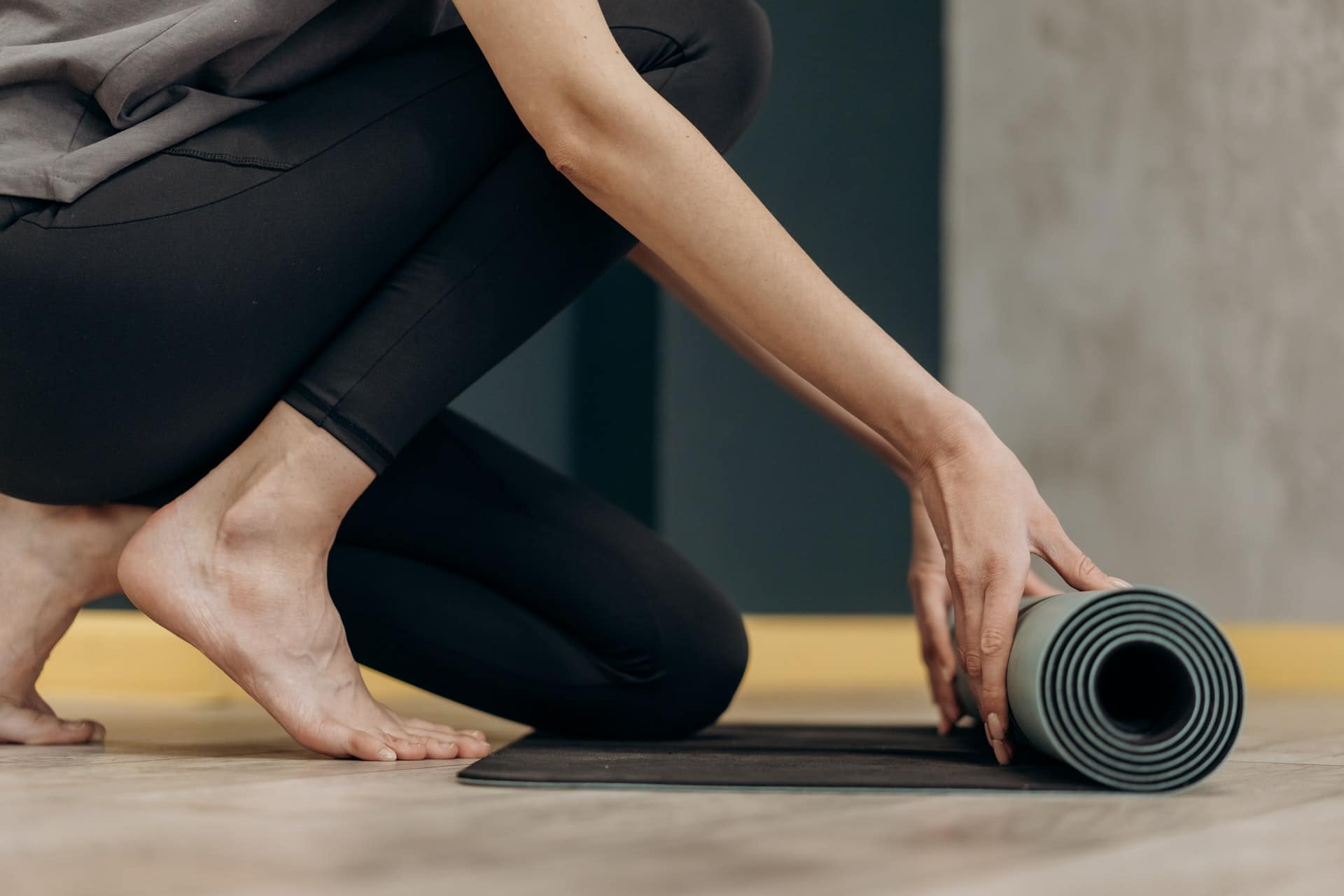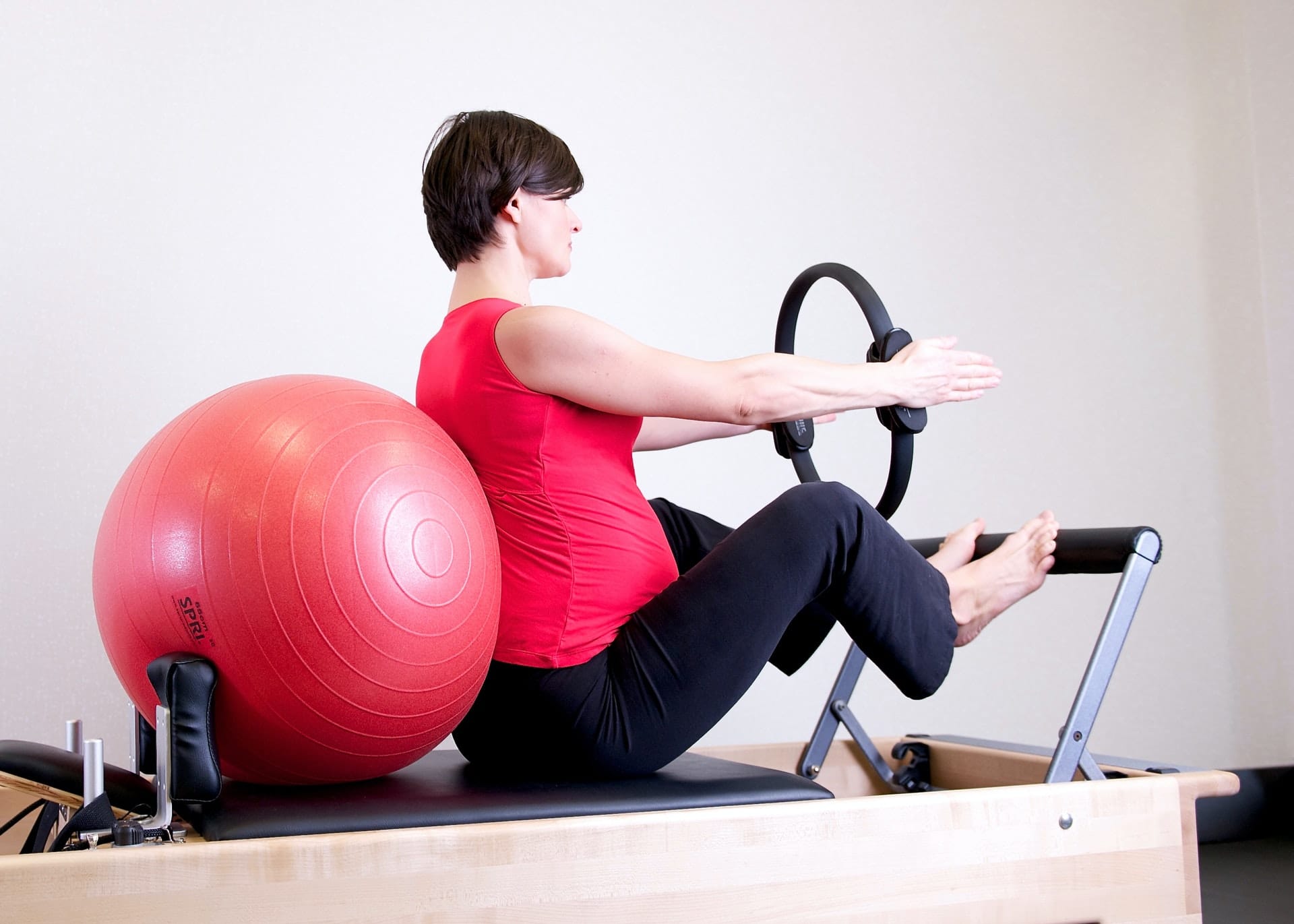Regular exercise has numerous health benefits, all of which apply equally to the new mother as at any other stage of life. These benefits include assistance with weight loss, increased aerobic fitness, social interaction and psychological wellbeing. Exercise after giving birth can also hasten recovery, and assist with muscle strength and toning.
If you are a new mom looking to get back into exercising and trying to figure out what is the best way to work out after giving birth, this article will help you figure out the basics about post-natal exercises, their benefits and how to go about them.
Also, if you are looking for support from a private fitness instructor to help you get back into shape after pregnancy, Superprof is the best place for you to find the right coach. Keep reading to learn more!

How Long Should I Wait After Pregnancy to Work Out?

Diving into post-natal exercises straight after giving birth is not necessarily a great idea. Truth be told, every woman is different and their bodies react in distinct ways to the birth and the adaptation that comes afterwards.
While there is no one-size-fits-all approach to how long after giving birth you should start working out, there are some general rules that you need to follow in order to take care of yourself and your body.
Many doctors recommend waiting six to eight weeks after birth before starting trying any type of exercise, but it often varies. Some women may experience complications during pregnancy or labour that might set them back a few more weeks.
Gentle exercise (such as walking) can generally be started as soon as comfortable after giving birth. Start when you feel up to it. Some women will feel able to start exercising early. A good way to tell if you are doing too much is if your bleeding gets heavier or brighter red within a few hours of moving.
You should also try to avoid fast and intense exercise for the first 12 weeks after giving birth. Some of these types of exercise include running, circuit training and team sports. This is because doing fast and intense exercise before you are ready may cause damage to your body.
As always, consult everything with your physician and make sure that they are on board with any post-natal exercises that you are planning to do.
Find out more about exercising
Working Out After a Cesarean

A cesarean delivery is a surgery where an incision is made through the abdominal wall to deliver a baby quickly and safely. Cesarean deliveries are sometimes medically necessary, but the recovery time is slightly longer than a vaginal birth. For this reason, caution should be taken.
If you had a cesarean delivery or other complications such as diastasis recti or severe vaginal tears, you’ll need to work with your doctor to determine a timeline for when it’s safe to begin exercise again.
If you’ve had a C-section delivery you should wait to jump into your after-pregnancy exercise regimen until at least six weeks postpartum, after you’ve visited your health care provider.
However, you can safely start doing your pelvic floor workouts once your catheter is removed and as soon as you feel up to it. Pregnancy puts a strain on your pelvic floor, so strengthening it is important. After a cesarean delivery, it’s important to activate and strengthen these areas so that they can provide support, decrease your risk of injury, and help you make a full recovery postpartum.
After your 6-8 week check, you should be able to gradually increase the amount of exercise you do.
Find out more about getting into a regular exercise routine

How to Strengthen Your Pelvic Floor

Your pelvic floor is a group of muscles found in the floor (the base) of your pelvis (the bottom of your torso). If you think of the pelvis as being the home to organs like the bladder, uterus (or prostate in men) and rectum, the pelvic floor muscles are the home’s foundation. These muscles act as the support structure keeping everything in place within your body.
The pelvic organs include:
- The bladder (the pouch holding your urine).
- The uterus and vagina (in women).
- The prostate (in men).
- The rectum (the area at the end of the large intestine where your body stores solid waste).
When you give birth, the muscles of the pelvic floor come into big strain. Childbirth can weaken these muscles and cause problems, such as incontinence, later in life.
You can strengthen the muscles. This can help to stop incontinence, improve prolapse and make sex better too.
Here are some moves you can do at home lying down, sitting or standing. With practice, they can be done anywhere and at any time:
- Squeeze and draw in your bottom as if you're holding in wind.
- Squeeze around your vagina and bladder (urethra) as if you're stopping the flow of urine or squeezing during intercourse.
- Long squeezes: hold for as long as you can, but no longer than 10 seconds, then relax.
- Short squeezes: quickly squeeze the muscles and then let them go immediately. Do this until your muscles get tired.
Find out more about exercising after an injury
Post-natal Exercises: Strengthening Your Abs
While pelvic exercises are a great way to start getting your body back on track, some new moms want to work on a different part of their body as well: the abdomen. This is especially true with women who encounter DR when giving birth.
DR, formally known as Diastasis Recti, is the separation of the right and left ab muscles at the midline of the abdomen. If the ab separation becomes greater than 2 cm, then you have DR. DR is also commonly referred to as the ‘mom pooch’ or ‘lower belly pooch.’
Some symptoms of diastasis recti include:
- Low back pain
- Urinary or bowel problems
- Poor posture
- Difficulty performing load transfer tasks necessary for bending, reaching, lifting, carrying, squatting, walking, and stair climbing
If this is your case, there are some mild ab post-natal exercises that you can look at online and follow along.
How to Exercise With a Baby?

Exercising with a new baby at home can be challenging. When you are a new mom, the idea of a routine seems practically impossible and having time to yourself is a dream more than a reality.
That said, here are some tips that could help you make the most out of your new situation so you can fit post-natal exercises into your daily life:
- Seek the support of your partner, family and friends.
- Exercise with a friend to stay motivated and make you feel supported.
- Walking is a good way to get back in shape. The best thing? You can also take your baby along!
- Include your baby, lying next to you on the floor, while you do abdominal workouts.
- Exercising 10 minutes at a time is fine. You don't need to do super long workouts in order for them to be effective.
- Don’t be too hard on yourself if your exercise plans go awry. Just do what you can.
- Tummy and pelvic floor exercises can be done while you’re doing other tasks, either sitting or standing.
- Walk your baby in the pram rather than use the car for short trips.
- Find quick workout routines online that can fit around your schedule.
Find out more about exercising at home
Being a new mom is stressful enough and many women find themselves overwhelmed with their new lives and how different they look from what they knew. This is especially true when it comes to prioritizing things like exercise, which often ends up as a second priority facing the rest of the things you need to take care of.
While this it totally natural and most new mothers encounter these issues, we have a solution for you: book a class for post-natal exercises with a Superprof instructor and make the time to workout at home.
Believe it or not, the simple detail of having an instructor waiting for you will help you build a routine and commit to working out. Another plus is that you don't need to go to a gym to do the workouts: a lot of the Superprof trainers offer online coaching so you can do your post-natal exercises from the comfort of your own home.
Make sure that you pick a fitness instructor that has experience with post-natal exercises and everything that your body will need to recover after pregnancy and giving birth. Once you find the right coach for you, it is time to get back on track and exercise!















